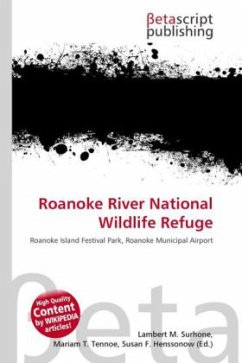
Roanoke River National Wildlife Refuge
Versandkostenfrei!
Versandfertig in 6-10 Tagen
23,99 €
inkl. MwSt.

PAYBACK Punkte
12 °P sammeln!
Please note that the content of this book primarily consists of articles available from Wikipedia or other free sources online. Roanoke River National Wildlife Refuge was established in 1989 to protect and enhance wooded wetlands consisting of bottomland hardwoods and swamps with high waterfowl value along the Roanoke River. The extensive bottomland hardwood habitat of the Roanoke River National Wildlife Refuge is part of what the Nature Conservancy calls "one of the last great places." Refuge lands consist of bottomland hardwood forest interspersed with cypress-tupelo sloughs that includes fo...
Please note that the content of this book primarily consists of articles available from Wikipedia or other free sources online. Roanoke River National Wildlife Refuge was established in 1989 to protect and enhance wooded wetlands consisting of bottomland hardwoods and swamps with high waterfowl value along the Roanoke River. The extensive bottomland hardwood habitat of the Roanoke River National Wildlife Refuge is part of what the Nature Conservancy calls "one of the last great places." Refuge lands consist of bottomland hardwood forest interspersed with cypress-tupelo sloughs that includes forested wetlands in the lower 130 miles of the Roanoke River from the fall line at Weldon, North Carolina downstream to the Albemarle Sound near Plymouth, North Carolina. The refuge includes part of an extensive wetland ecosystem that contains excellent examples of several southeastern plant communities and habitat types. These include levee forest, cypress-gum swamp, bottomland hardwoods, oxbows, beaver ponds and blackwater streams. These communities add to the rich mosaic of habitat types in the river''s floodplain.



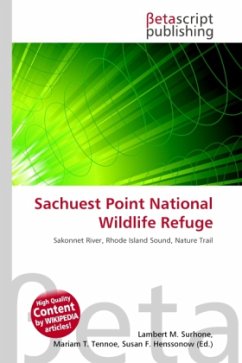




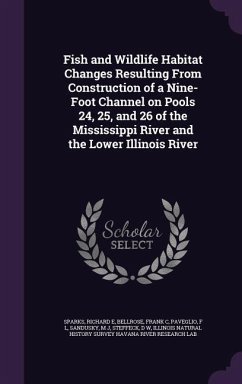
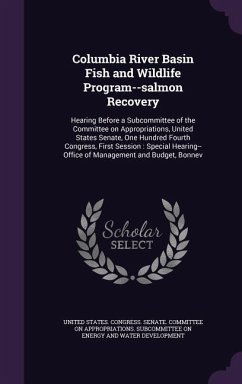
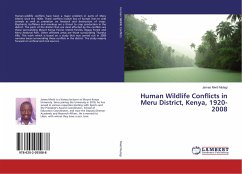
![The Camp of Refuge [By C. Macfarlane]. Ed. by S.H. Miller Cover The Camp of Refuge [By C. Macfarlane]. Ed. by S.H. Miller](https://bilder.buecher.de/produkte/64/64953/64953188n.jpg)
